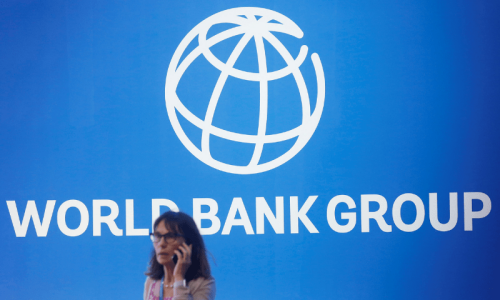KARACHI: Performance art is now in vogue, in a praiseworthy sense. It allows the artist community to move out of its comfort zone of studios and mediums and indulge in creative activities with a degree of immediacy that they are not inured to. In turn, the practice lends a new dimension to their creative output. This was seen on Saturday evening at the Canvas Art Gallery in a show titled Mix Tape 1 curated by Sara Pagganwala.

There were more than two dozen artists who were utterly immersed in doing their bits in their allotted spaces. The endeavour was (and there could be other reasons too) not just to create art and convey messages, but to look ‘art’ as well. Not arty, but art. How far they succeeded in their effort is a subjective issue. What is not subjective, though, is the amount of preparation that had gone into creating an atmosphere where the viewer was compelled to interpret each of the acts being performed on the occasion.
The show began from outside the gallery’s entrance gate where Nisha Panjani sat on the ground drawing colourful shapes. As per information provided by the gallery, the piece was called ‘Transgressing Boundaries’. It was an attempt to observe the labour or hard work that women and minorities do on a daily basis by practising the ritual of rangoli.

This gave away the intention of the show: empathy. Yes, because Zaheer Abbas’s act ‘Reality box’ was about ‘corporate slavery’. This meant that the idea had a collective approach to identifying society’s ills rather than inward-looking individualistic mannerisms focusing on personal dilemmas. The item called ‘Denial/Acceptance’ by Maha Minhaj and Zoya Alina Currimbhoy further vindicated the whole concept. The artists raised a loaded question: what does it mean to live in a postcolonial world? Now imagine the shift from the issue of joblessness to dealing with a postcolonial life. The participating men and women were not just concerned with their own society but had a world-view. Hence, the suggestion that art is universal and all that goes into creating art is universally appealing.
Published in Dawn, September 16th, 2018













































